The human body is a complex and meticulously organized system comprising approximately 70 to 80 distinct elements known as organs. These organs do not function in isolation; instead, they collaborate and interact seamlessly to form various organ systems. These systems collectively constitute the comprehensive functional framework of the human body. The remarkable coordination among organs and systems is essential for the overall health and functioning of the body.
What is an organ?
An organ is like a team of special workers, called tissues, that all do a specific job. Just like how different people in a team have different roles, these tissues work together to get a particular job done in our body.
Largest organ in Human Body
Based on the weight and length of the body organ, the largest external organ is Skin which is approximately 2 mm thick and weighs around 10895.10 grams.
The ten largest organs in human body are: skin, liver, brain, lungs, heart, kidney, spleen, pancreas, thyroid and joints.
Let us know the interest facts about the largest organs of the human body.
Largest Organ of Human Body – The Skin
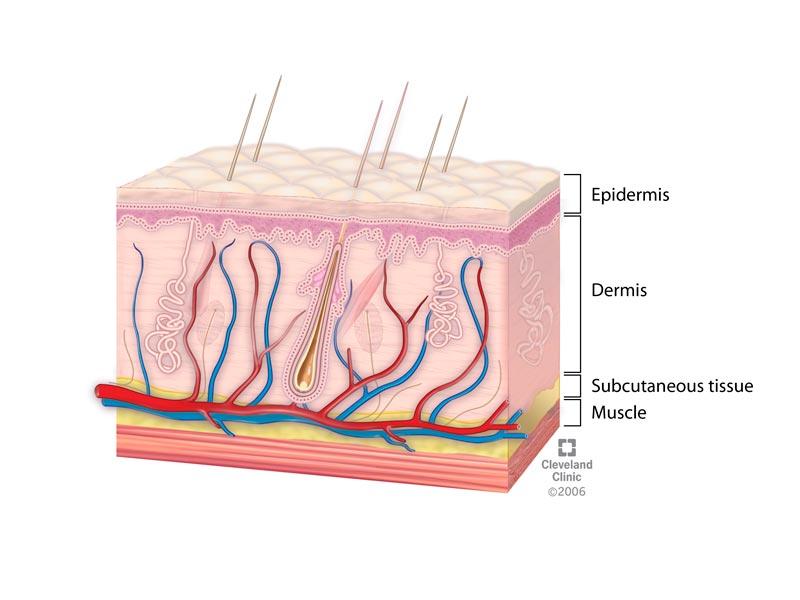
Average weight: 10,886 grams
Skin is the largest organ of our body. The average weight of skin in the body is about 10,886 grams which varies according to the size and weight of human beings. Human skin is made up of different ectodermic tissues and it protects all the inner body organs like liver, glands, stomach, heart etc.
Functions:
Here are some of the functions performed by the Skin:
- Protection: Acts as a barrier against pathogens, UV radiations, chemicals and physical injury.
- Temperature Regulation: The Skin helps regulate body temperature through sweating and blood vessel control.
- Sensation: Contains receptors for touch, pressure, temperature and pain perception.
- Excretion: Skin eliminates minor waste products and toxins through sweat.
- Absorption: The Skin can absorb small molecules such as medications.
- Vitamin D Synthesis: Converts sunlight into vitamin D for bone health.
- Social and Psychological: Influences appearance, self-esteem and emotional expressions.
Human Body’s Second Largest Organ – The Liver
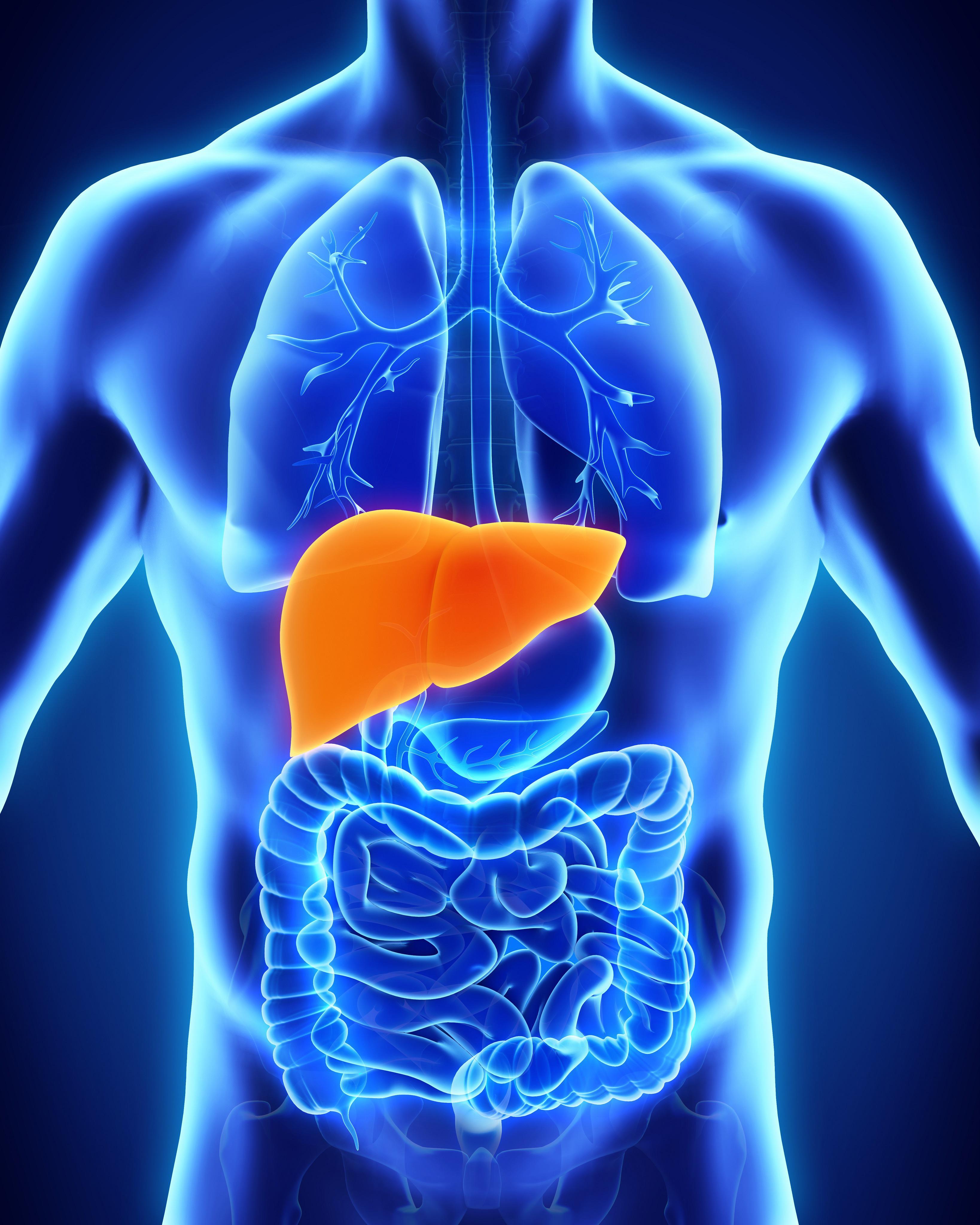
Average weight: 1,560 grams
Liver is the second largest organ in the human body. It’s average weight in a normal human body is 1,560 grams. The liver receives blood full of digested food from the gut. It stores some foods and delivers the rest to the other cells through blood.
Function:
Some of the functions performed by the liver are as follows:
- Cleans and filters blood, removing waste and toxins.
- Produces bile to help in digestion.
- Stores and releases energy by managing sugar levels.
- Makes protein for blood clotting and new blood cell production.
- Regulated chemical balance in the body.
- Detoxifies drugs and harmful substances.
Third Biggest Organ in Human Body – The Brain

Average weight: 1,263 grams
Brain is the third largest organ in the human body. Its average weight in a normal human body is 1,263 grams. The brain controls and governs the actions of all the body parts. There are about 100 billion cells in human brain enabling 100 trillion nerve connections with nerve cells for messaging.
Function:
Some of the functions performed by the brain are as follows:
- Controls body movements, thoughts and emotions.
- Processes sensory information like sight, sound and touch.
- Stores and retrieves memories.
- Manages bodily functions
- Coordinates and control various body systems.
- Enables learning, problem-solving and decision-making.
- Regulates hormones and emotions.
The Lungs
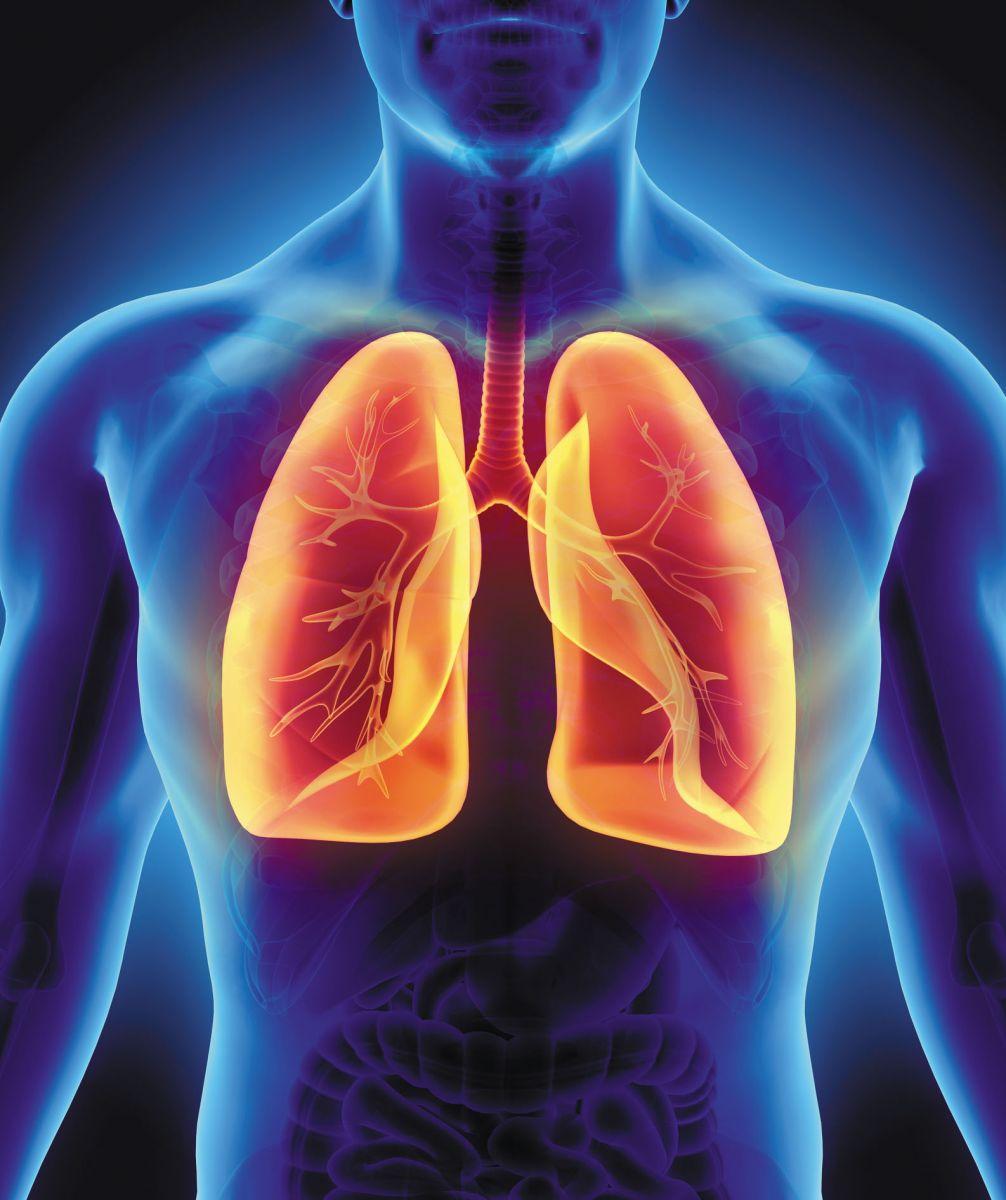
Average weight: 1,090 grams
Lungs are the fourth biggest organ. The average weight of both lungs in a normal human being is about 1,090 gms. The major function of lungs is to inhale oxygen and exhale carbon dioxide out of the red blood cells.
Functions:
Some of the important functions of the lungs are as follows:
- Inhale oxygen and exhale carbon dioxide.
- Facilitates the exchange of gases between air and blood.
- Supports the body’s acid-base balance by regulating carbon dioxide levels.
- Helps maintain the body’s pH balance by regulating carbon dioxide levels.
- Participates in the immune system by trapping and expelling harmful particles.
The Heart
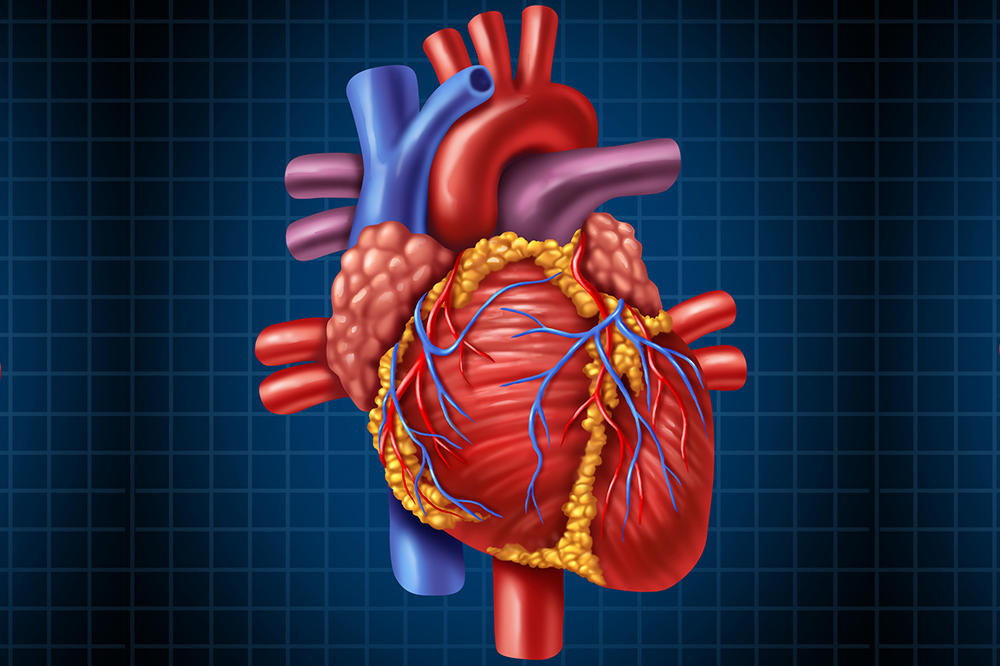
Average weight: 315 gms (in males); 265 (in females)
Heart is the fifth largest and most important organ in humans that is essential for all living beings. The major function of the heart is to pump the blood and to ensure the provision of nutrients to every part in the body.
Function:
Some of the main functions of the heart are as follows:
- Pumps oxygen-rich blood to the body’s cells and organs.
- Receives oxygen-poor blood from the body and sends it to the lungs for oxygenation.
- Maintains circulation to deliver nutrients and remove waste products.
- Regulates blood pressure to ensure proper blood flow.
- Supports the body’s overall oxygen and nutrient supple.
- Coordinates heartbeat to synchronize the pumping action.
Kidney
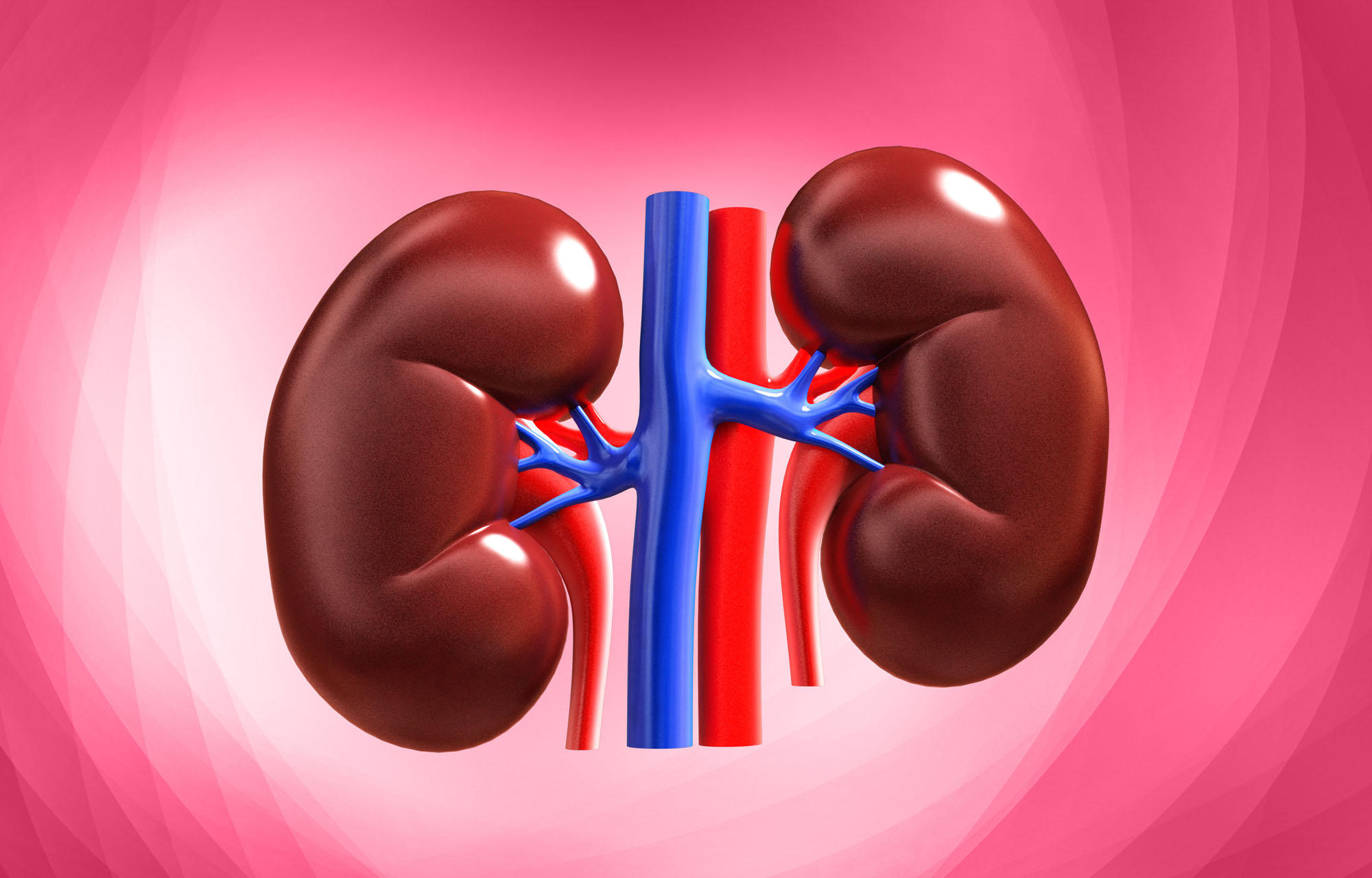
Average Weight:
| Sex | Right Kidney | Left Kidney |
| Male | 80-160 g | 80-175 g |
| Female | 40-175 g | 35-190 g |
The kidneys are two reddish-brown, bean-shaped organs in humans, located in the back. They filter blood, about 12cm in length and are connected to the bladder by uterus for urine disposal. Blood enters through renal arteries and exits through renal veins.
Functions:
- Kidneys filter waste products and excess substances from the blood.
- They maintain the body’s fluid and electrolyte balance.
- Kidneys regulate blood pressure by influencing blood vessel constriction.
- They stimulate the production of red blood cells in response to low oxygen levels.
- Kidneys help maintaining the body’s pH balance.
- Kidneys activate vitamin D for calcium absorption.
- Kidneys produce glucose in certain solutions.
Find More General Studies News Here

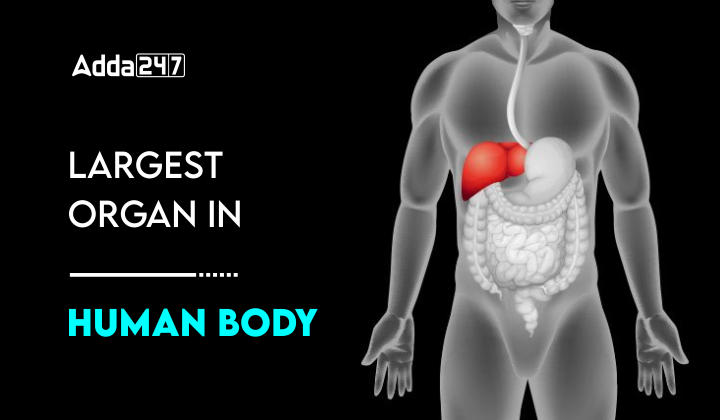

 Indian Olympic Medal Winners List Till N...
Indian Olympic Medal Winners List Till N...
 Who is the Inventor of the Gramophone?
Who is the Inventor of the Gramophone?
 HS Dhaliwal Appointed New DGP Of Andaman...
HS Dhaliwal Appointed New DGP Of Andaman...
